Below is a ranking of the 13 most beautiful castles in Japan selected by CNN news agency, solidly built during the Warring States period but still retaining many original features, having great cultural value to the "Land of the Rising Sun".
Hirosaki Castle
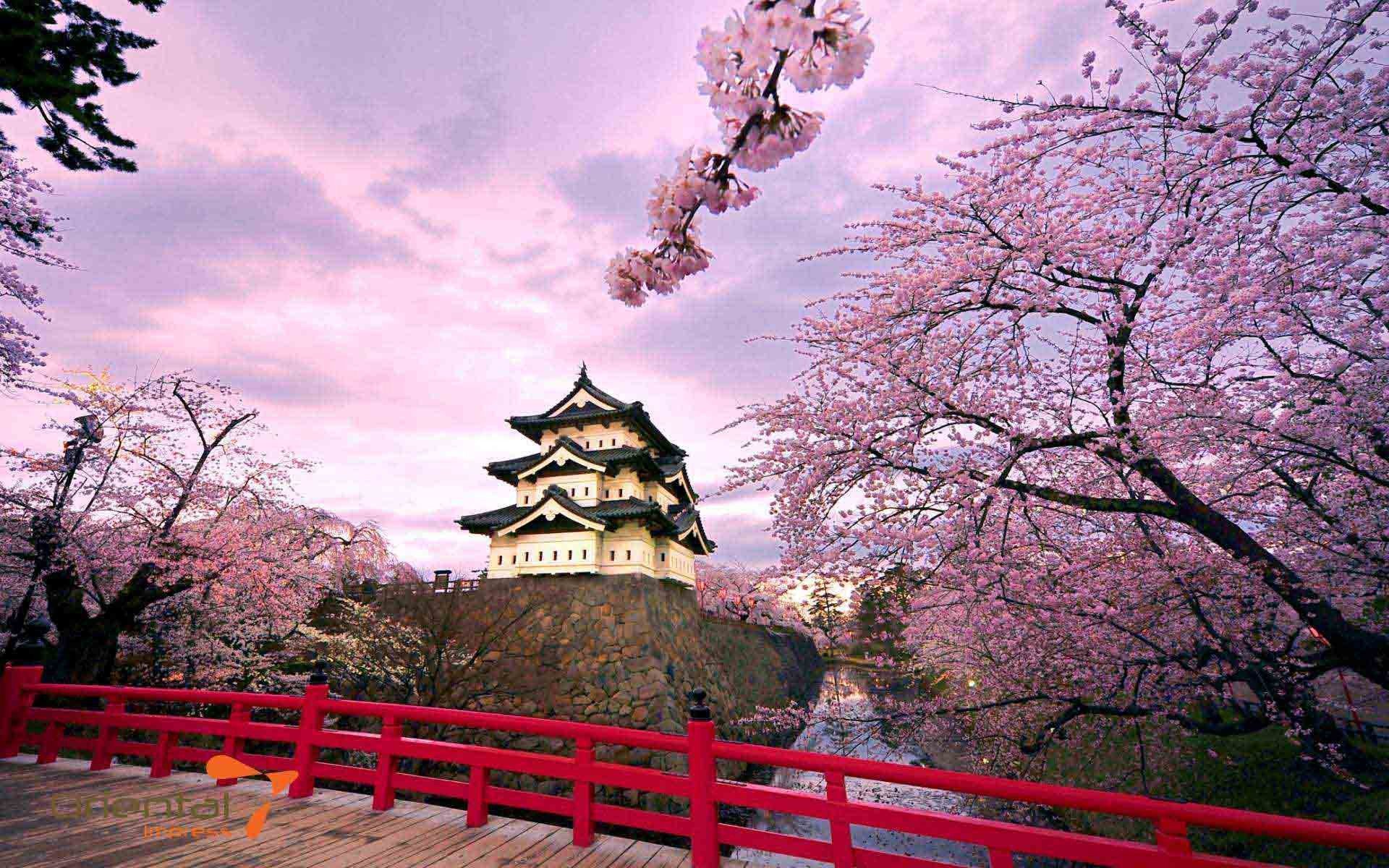 |
| Hirosaki Castle not only has outstanding architecture but is also a cherry blossom viewing spot that attracts many visitors. (Source: Japan Times) |
Located in Hirosaki City, Aomori Prefecture, Hirosaki Castle was completed in 1611 – when Japan was entering a long period of peace under the Tokugawa Shogunate. Therefore, this place has never suffered a siege or invasion.
However, the Tenshu keep – the tallest building in the original 5-story castle – was struck by lightning in 1627. Hirosaki Castle remained without a keep for nearly 200 years, until it was rebuilt in its current 3-story structure in 1810. This tower is one of 12 towers still standing in Japan today, and is an important national cultural heritage.
Hirosaki Castle not only has outstanding architecture but also has more than 2,600 cherry trees, which is a place to see flowers every blooming season. In spring, the cherry trees are in full bloom, reflecting on the moat surrounding the Castle, creating a beautiful scene, known as the "Cherry Blossom Carpet".
Shuri-jo Castle
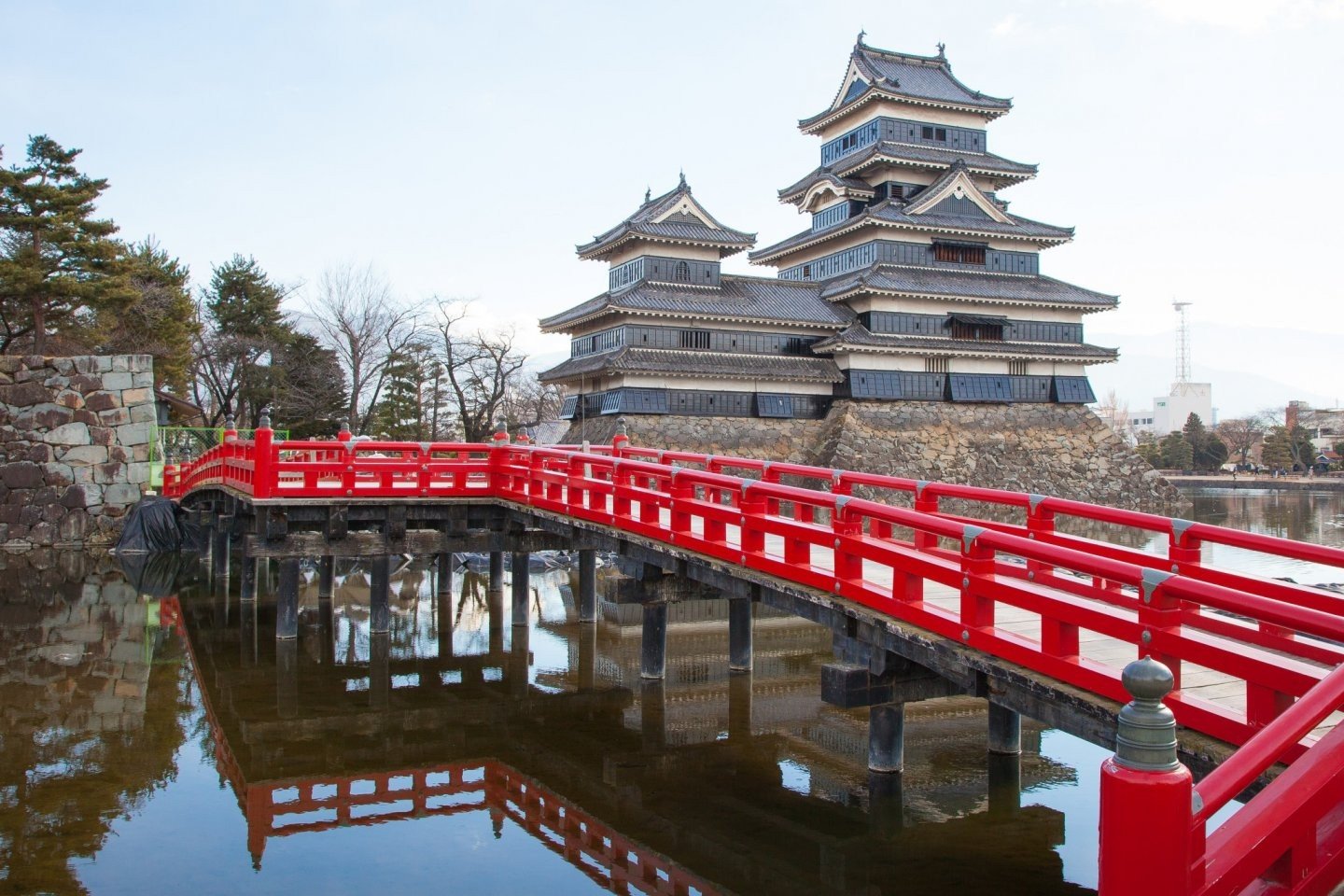 |
| Shuri-jo Castle was destroyed in a fire in 2019 and restoration efforts are currently underway. (Source: Alamy) |
Shuri-jo Castle is a massive hilltop fortress overlooking the Okinawan capital of Naha. Shuri-jo was first built around the 14th century as the seat of power for the Ryukyu Kingdom until Japan annexed the Okinawa Islands in 1879. Before falling into neglect under imperial rule, Shuri-jo Castle served as a center of diplomacy , administration, and spirituality for centuries. The castle has been designated a national treasure of Japan since 1933.
Unlike other buildings in Japan, Shuri-jo Castle's architecture was heavily influenced by Chinese castles. The gates and buildings were painted red using the lacquer technique, the roof tiles were originally Goryeo tiles, later Ryukyu tiles (tiles made from red Ryukyu bricks), and dragon-related images were used extensively for decoration.
Shuri-jo Castle is also known as the “unluckiest” castle in Japan because it burned down 5 times. The first time was in 1453; the second time was in 1660 and it took 11 years to rebuild. In 1709, Shuri-jo Castle burned down for the third time, but due to financial constraints, it was not until 1712 that the castle was rebuilt. And the fourth time, Shuri-jo was shot down and burned down by the American battleship Mississippi on May 1945.
Most recently in October 2019, the castle’s security system caught fire and the fire quickly spread to the wooden structures and completely burned down the Main Hall, causing severe damage to the North and South Halls of the 600-year-old castle. Reconstruction is currently underway to restore the main buildings to their original condition once again.
Edo Castle
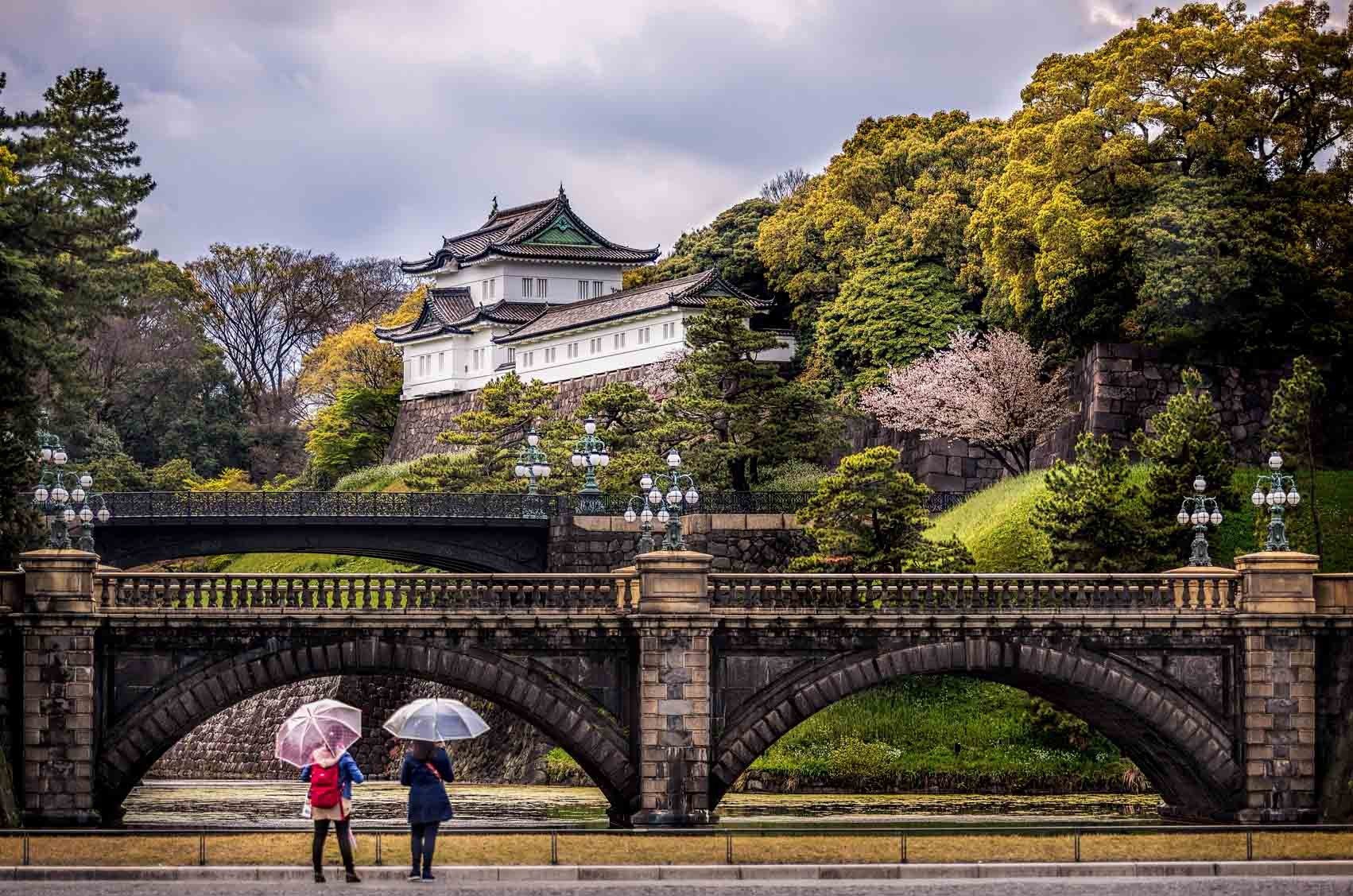 |
| Remnants of the original architecture can be found all over Tokyo, and the Imperial Palace today is the best place to get a sense of Japan's golden age. (Source: Istockphoto) |
Edo Castle is one of the oldest surviving structures in Japan. The fortified palace was first built around 794-1185 during the Heian period. A fortress was then built in 1457 by Samurai Ota Dokan, before the influential feudal lord Tokugawa Ieyasu took control in the late 16th century.
Edo was the residence of the Tokugawa Shogunate. After Edo Castle burned down and Tokugawa Yoshinobu abdicated as Shogun, Emperor Meiji moved to Edo Castle and rebuilt a new imperial palace on the old site of Edo Castle, which has been the residence of the Japanese Imperial Family to this day. Edo Castle is surrounded by a 15km long moat with more than 30 gates and a bridge.
Remnants of the original architecture can be found all over Tokyo, and the Imperial Palace today is the best place to get a sense of Japan's golden age. Today, the East Garden area of the Imperial Palace is open to the public.
Matsumoto Castle
 |
| Matsumoto Castle is largely undamaged and is one of Japan's oldest surviving monuments. (Source: Japan Experience) |
Built in the 16th century by order of Toyotomi Hideyoshi - the great unifier of Japan, Matusmoto Castle is surrounded by a solid black wall and is located next to the Alps.
Matsumoto Castle is largely undamaged and is one of Japan's oldest surviving monuments. The castle was built in a hidden-layer structure, with only five stories on the outside, but six stories on the inside with steep staircases.
Structurally, Matsumoto Castle consists of two adjacent towers, built during two very different eras in Japan. The first tower was built during the Warring States period, with many windows for soldiers to place their guns against invaders.
Tsukimi Yagura Tower was built during the Edo period - a period of peace with a bright red outer railing system with the main purpose of moon viewing.
Nagoya Castle
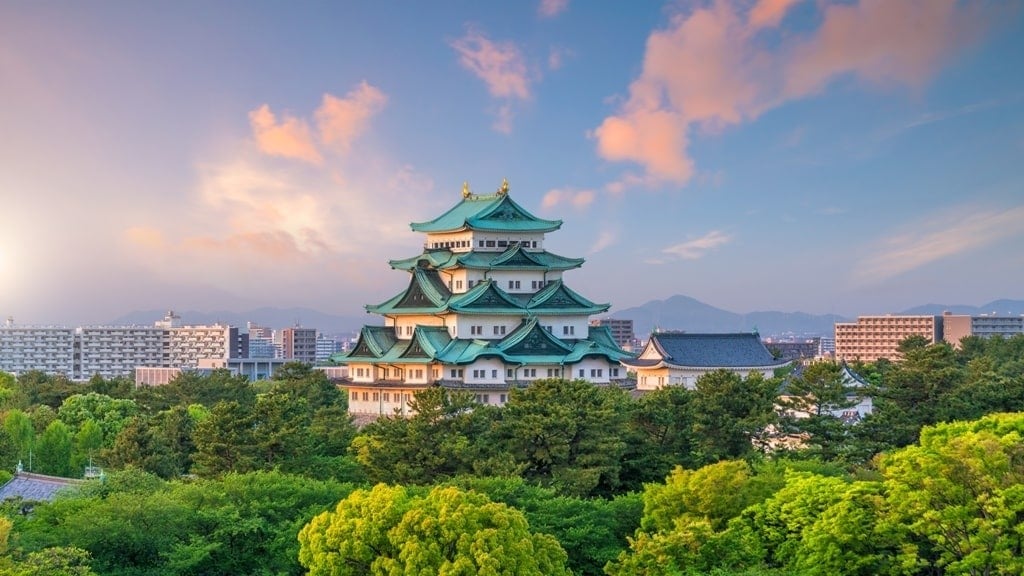 |
| Nagoya Castle is famous for its magnificent golden tiger-like fish statue protruding from its highest peak and its mint green sloping roofs. (Source: Freepik) |
Nagoya Castle, located in Aichi, Nagoya, was once known as the “key to Owari-Nagoya”. Nagoya Castle was built as an administrative center at the beginning of the Edo period, after nearly 150 years of war, by order of the Shogun. During World War II, the castle was destroyed in bombing raids.
Nagoya Castle is famous for its magnificent golden shachihoko (tiger fish) statues protruding from its highest peak and its mint green sloping roofs.
Currently, visitors cannot enter the main sanctuary because it does not meet modern earthquake standards, and renovations are underway with the hope that it can be put into use by 2028.
Osaka Castle
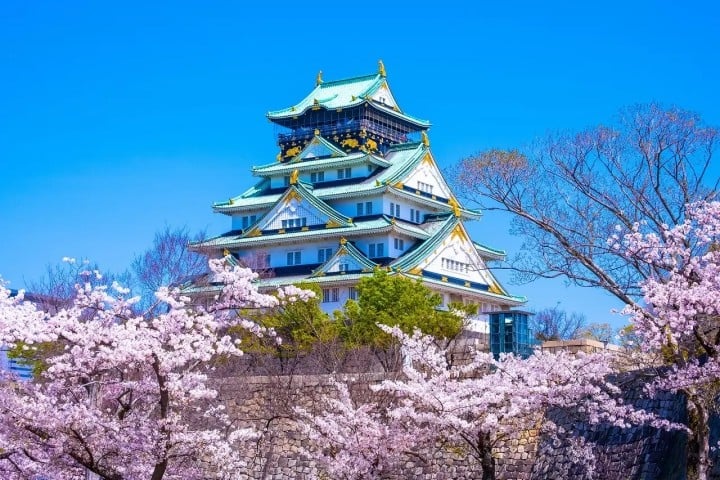 |
| Osaka Castle has five floors, rebuilt on the original tower with mint green roof tiles and gold decorations. (Source: Pixta) |
This is one of the most famous landmarks in Japan. It played an important role in the height of the Sengoku period. After unifying Japan in 1590, Samurai Toyotomi Hideyoshi, hoping to surpass his former lord Oda Nobunaga, sought to expand the fortress base.
However, his efforts to create a solid defense system were unsuccessful as the castle fell into the hands of the Tokugawa clan shortly afterwards, in 1615.
Osaka Castle is a five-story reconstruction of the original tower with mint green roof tiles and gold trim, similar to Nagoya Castle, and houses a museum detailing the political history of the area and other samurai.
Nijo Castle
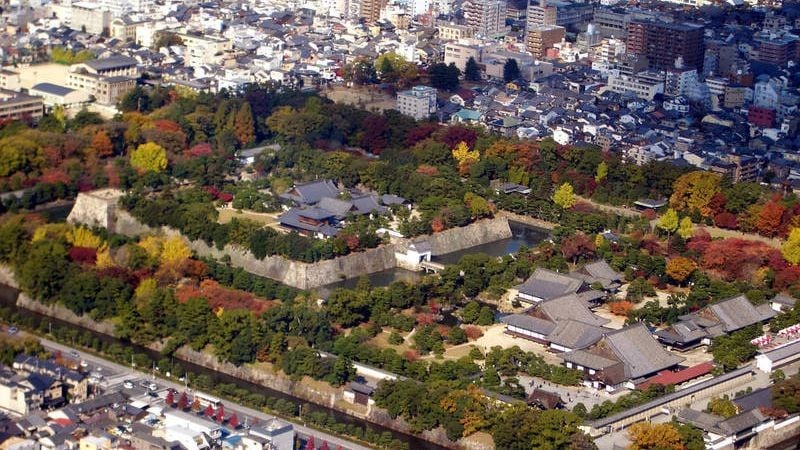 |
| Nijo-jo Castle from the air. (Source: Saki Fujimaki) |
Located in the heart of Kyoto City, Nijo-jo Castle covers a vast area measuring 500m from east to west and 400m from north to south. The castle was first built in 1603 by Tokugawa Ieyasu, the first Shogun of the Edo Government .
After the Meiji Restoration, the Castle became an Imperial Palace before opening to the public as a historical site and is now a popular destination in the ancient capital of Kyoto.
The castle complex covers an area of over 200,000m2 including: Honmaru Castle, Ninomaru Castle and countless mansions, magnificent flower gardens and bonsai trees.
The castle bears many features of feudal Japanese architecture such as wide moats, monumental gates, concentric sections separated by reinforced stone walls, and "nightingale" floorboards with loud noises to detect intruders.
Inuyama Castle
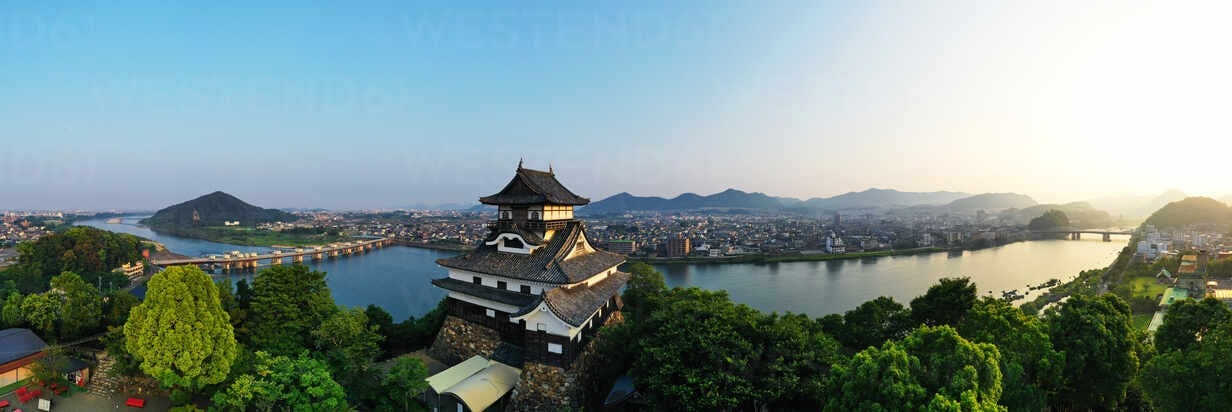 |
| Inuyama Castle is located on a hilltop, giving Inuyama Castle a panoramic view of the surrounding plains and the Kiso River (Source: Asia stock photo) |
Inuyama Castle is said to be Japan's oldest original architectural structure, dating back to 1580, and is one of five castles designated as National Treasures.
It was also the first fortress owned by the bloodthirsty tyrant who first attempted to unify Japan.
Its hilltop location gives Inuyama Castle a commanding view of the surrounding plains and the Kiso River. Today, visitors can enjoy views of the town and surrounding forests.
Hikone Castle
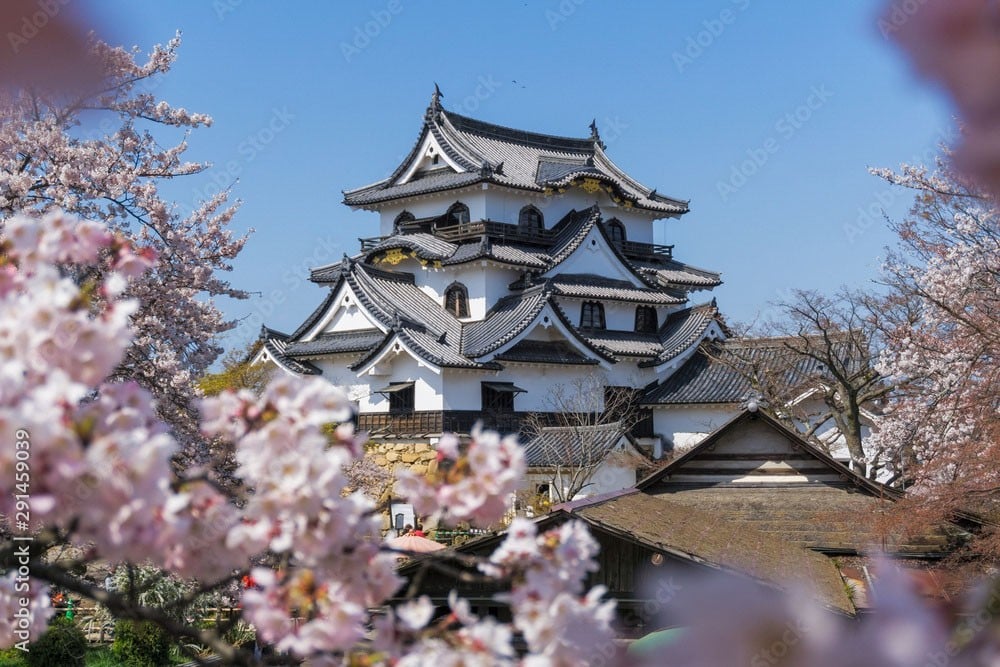 |
| Hikone Castle is one of only five castles in Japan that still retains its original keep and is designated a National Treasure. (Source: Adobe Stock) |
Hikone Castle is one of only five castles in Japan that still retains its original keep and is designated a National Treasure.
The famous Hikone Castle towers over the city of Hikone in Shiga Prefecture. Construction began in 1604 and took 20 years to complete.
The castle overlooks Lake Biwa, Japan's largest lake, and has remained largely unchanged since it was first built. At the foot of the hill is the Hikone Castle Museum, which displays historical artifacts and documents dating back some 400 years.
Bicchu Matsuyama Castle
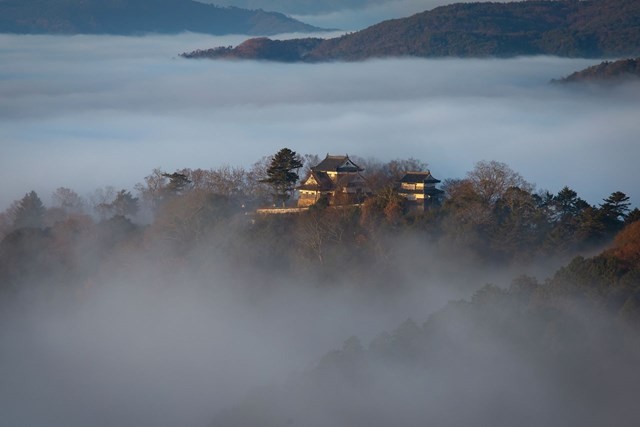 |
| Bitchu Matsuyama Castle is located at an altitude of 430m above sea level - the highest location compared to other castles in Japan. (Source: Nippon) |
Bichu Matsuyama Castle, which dates back to the 13th century and is located in Takahashi City, Okayama Prefecture, remains intact to this day. The castle is located at an altitude of 430m above sea level - the highest location compared to other castles in Japan and is known as the castle on the mountain.
The castle consists of a main tower and a small adjacent structure. To reach the castle, you need to be physically fit and when you step into the castle, you can enjoy the natural landscape and impressive views of Takahashi City with a 360-degree view.
Himeji Castle
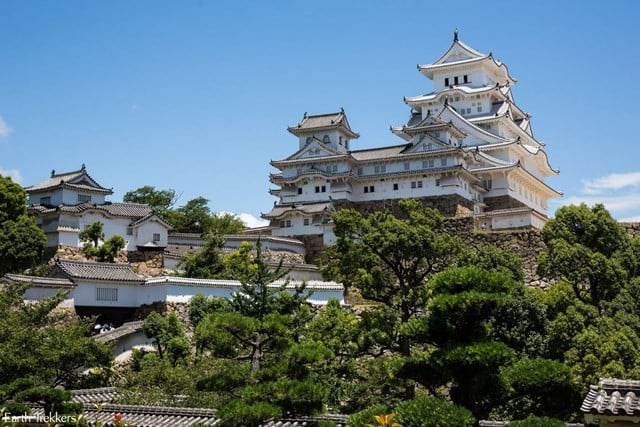 |
| After 700 years of turbulent history, from bombings to earthquakes, Himeji Castle has remained almost intact. (Source: Earth Trekkers) |
Known as the White Heron - a bird symbolizing the nobility and purity of gentlemen in Japanese culture, Himeji Castle is an ancient castle built in 1346, located in the center of Himeji city, Hyogo province, Japan.
After 700 years of turbulent history, from bombings to earthquakes, Himeji Castle has remained almost intact. Himeji Castle is Japan's first World Heritage Site recognized by UNESCO.
Himeji Castle is associated with the existence of the Okiku Well – said to be the ghost of a girl who was beaten to death and could not be released. The Okiku Well also became famous thanks to the folk tale The Mansion of Bancho Plates , which later inspired the horror film Ringu (1998) and its Hollywood adaptation The Ring (2002).
Matsue Castle
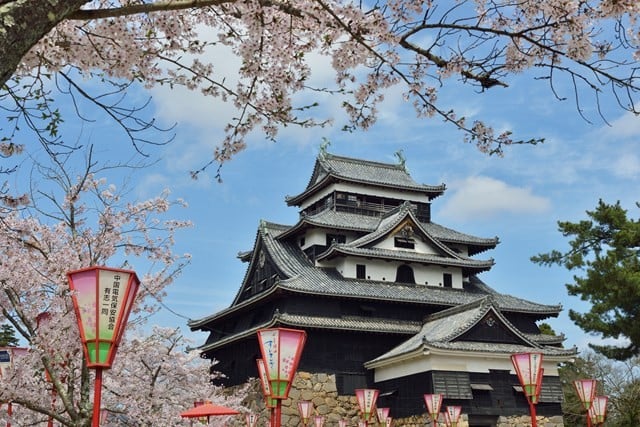 |
| Matsue Castle was originally built to help the new shogun, Tokugawa Ieyasu, consolidate his power. (Source: Japan Cheapo) |
Built in the early 1600s near Lake Shinji, it is one of the last remaining ruins of western Japan. It was originally built to help the new shogun, Tokugawa Ieyasu, consolidate power.
The 5-storey wooden castle is placed on a solid foundation made of stone blocks, structured like a watchtower, the top of the tower is where cannons, catapults, bows and arrows are placed...
Matsue Castle consists of a turret mounted at the front, with a panoramic structure, using thick black planks and stone walls. The top floor is now a viewing platform, where visitors can enjoy the view of Matsue City. Matsue Castle is a complex structure with 4 sections, 5 floors and a basement, 30m high.
Kumamoto Castle
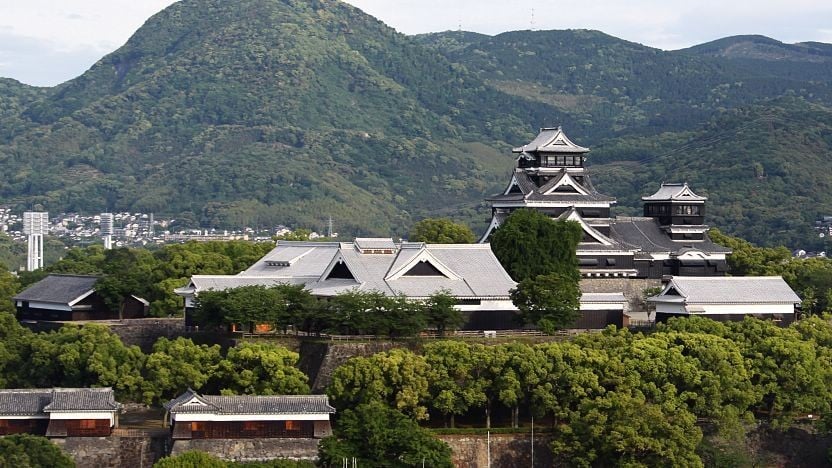 |
| Kumamoto Castle is the pride of Kumamoto city. (Source: Adobe Stock) |
One of Japan's top three castles, along with Himeji and Matsumoto, Kumamoto Castle is the pride of Kumamoto City. Originally a fortress in the 15th century, this stunning structure has been home to several famous historical figures and witnessed many battles throughout history. The castle was built by Kiyomasa Kato, a great commander of the Sengoku period.
Unlike other Japanese castles, Kumamoto's wartime history extends into the Edo period and into the Meiji Restoration, when local samurai rose up against the new government, leading to a two-month siege in 1877.
The castle's outer walls are built from hard flint and black stone, which contrasts sharply with the pink hues of the 800 cherry blossom trees that adorn the garden every spring.
Source


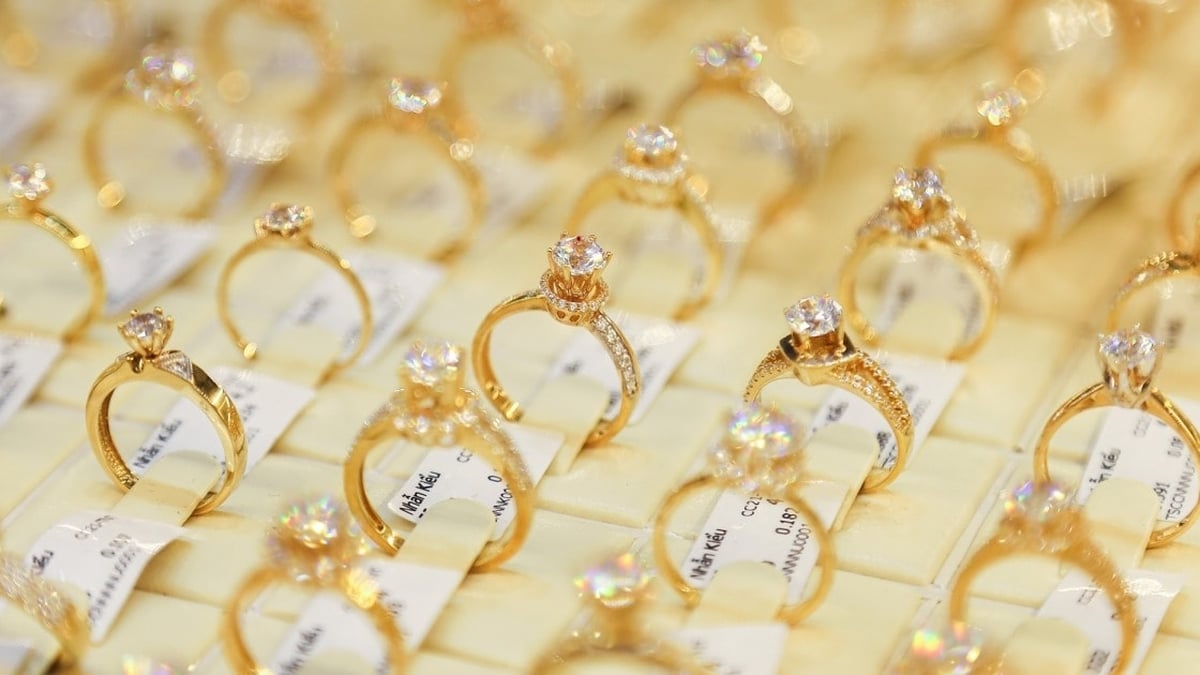

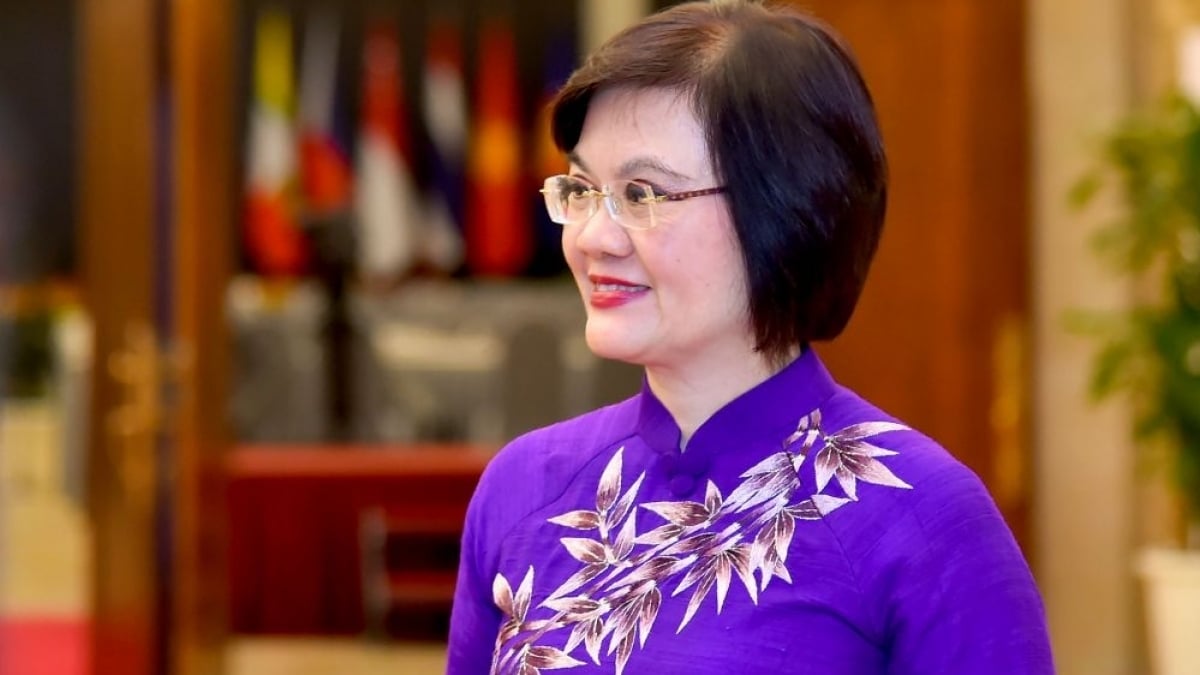


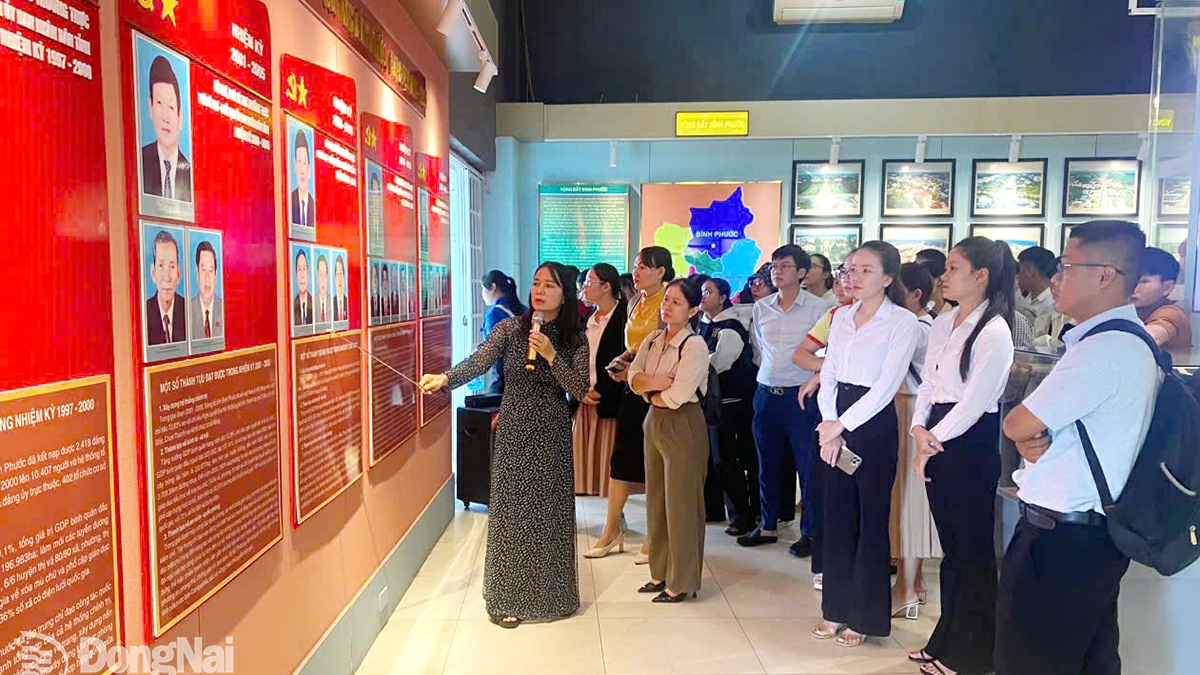


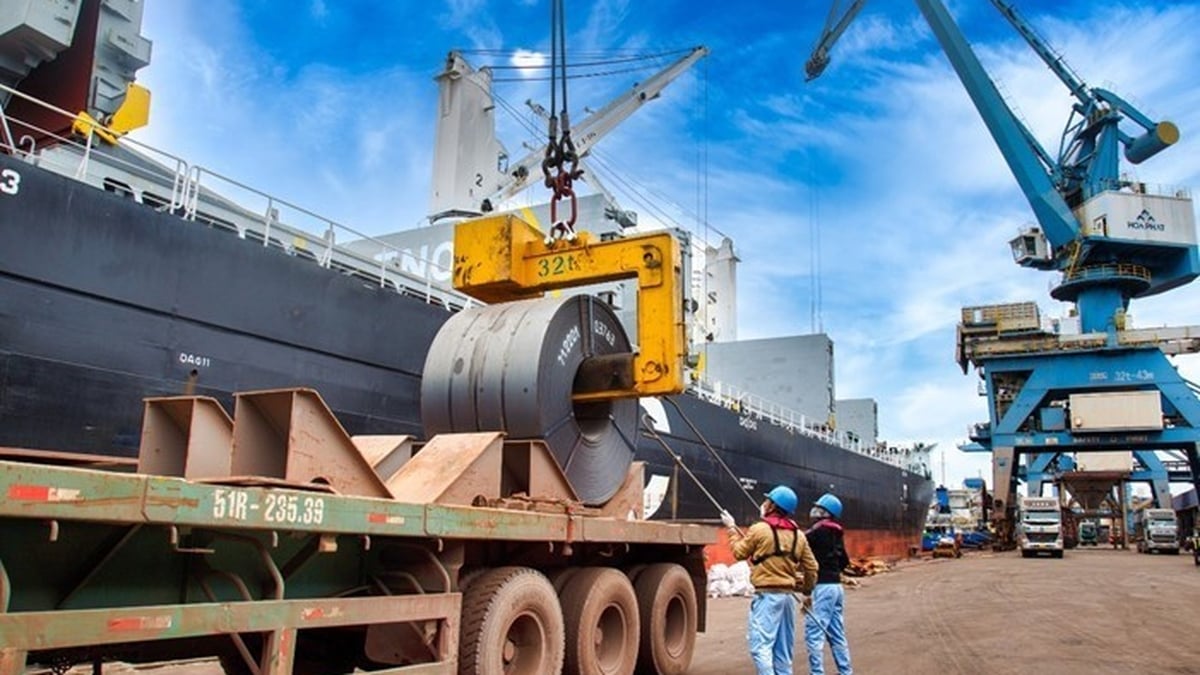





























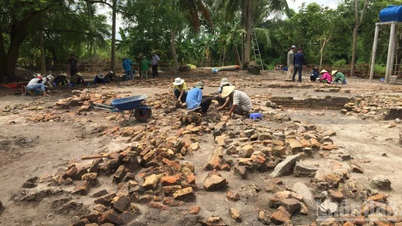
















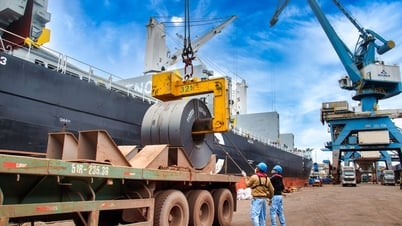






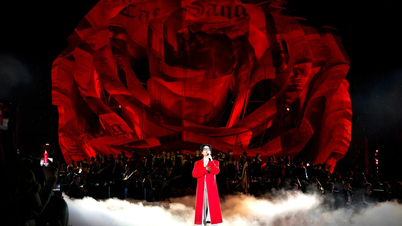

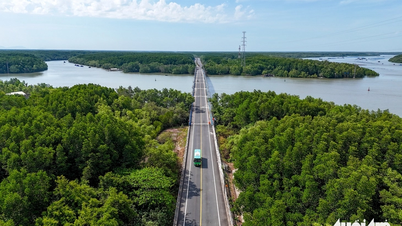
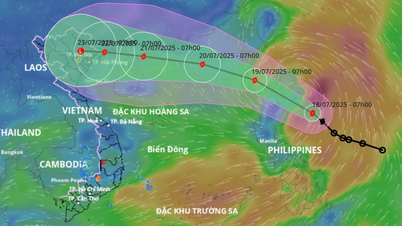
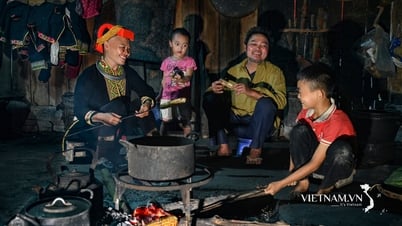





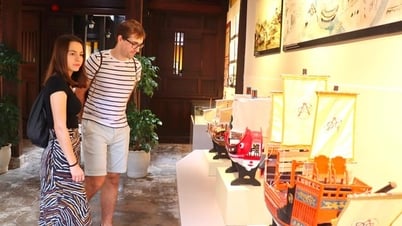





















![[Infographic] In 2025, 47 products will achieve national OCOP](https://vphoto.vietnam.vn/thumb/402x226/vietnam/resource/IMAGE/2025/7/16/5d672398b0744db3ab920e05db8e5b7d)





Comment (0)